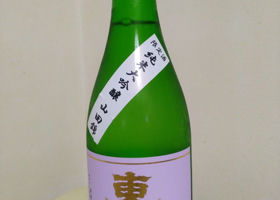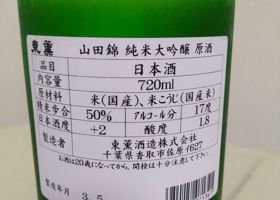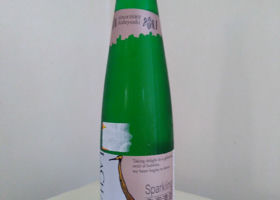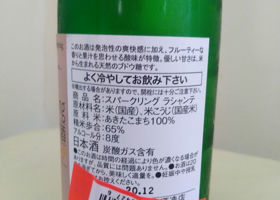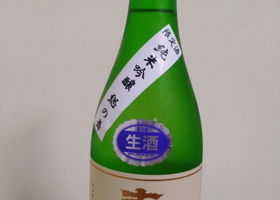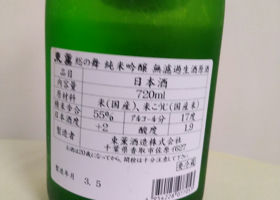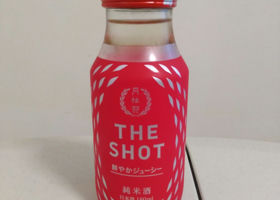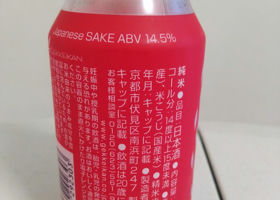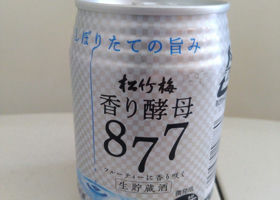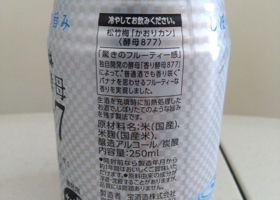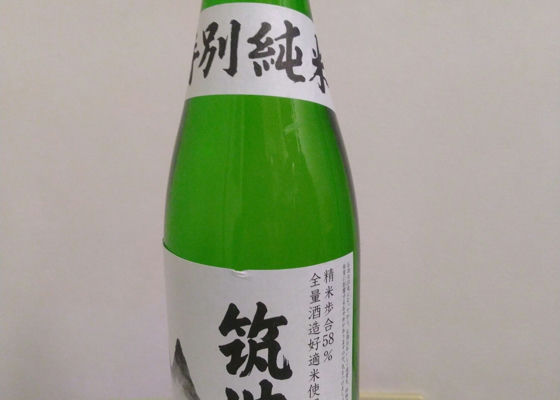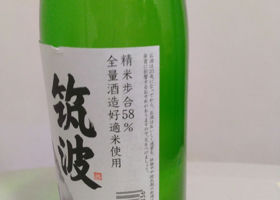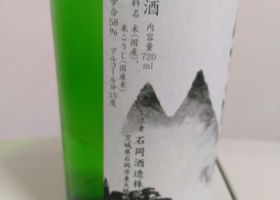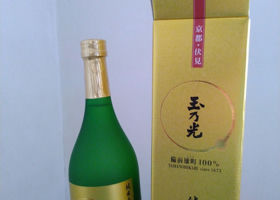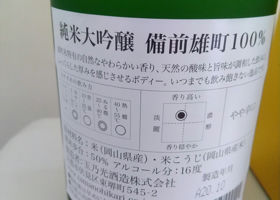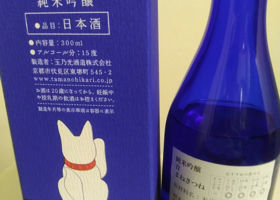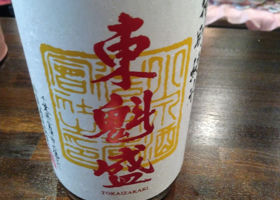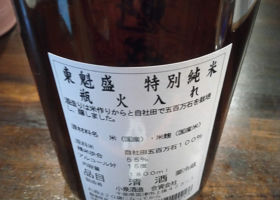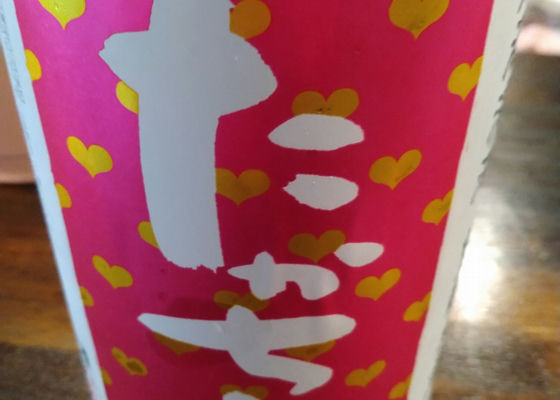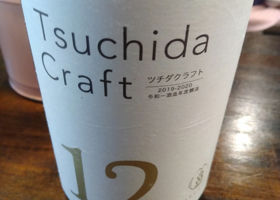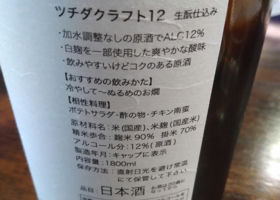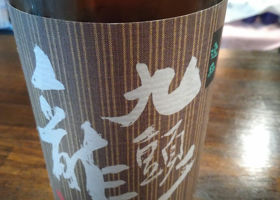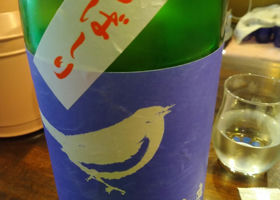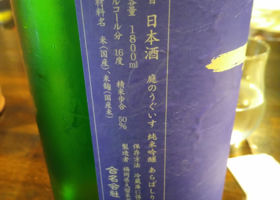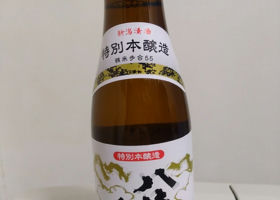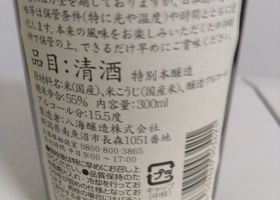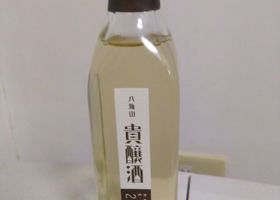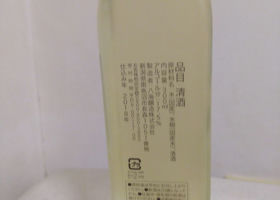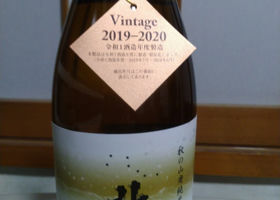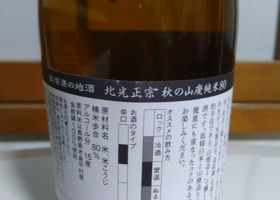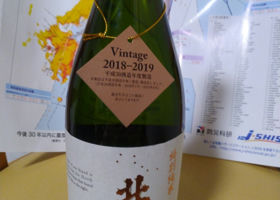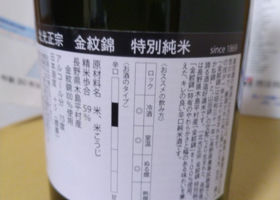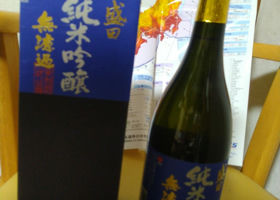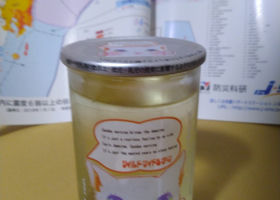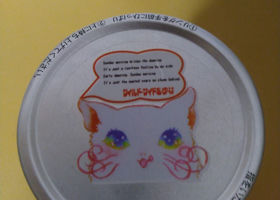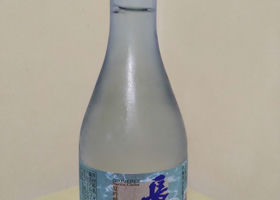
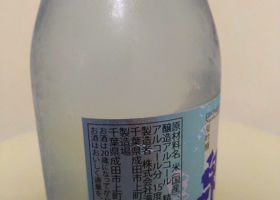
NoLo
The smell is thin, and there is a smell like a melon slightly. However, there is also a smell that is not well understood, and it is a mystery when it is said what smell after all.
The taste is gorgeous and fruity, as is the case with ginjo-shu, and it fills the mouth. After that, the taste of melon and banana is added and divided by two, and the taste of alcohol is felt.
The taste of rice comes at the end, but it fades away after a while.
The sweetness increases with air, and the taste becomes like a mixture of several fruits.
The alcohol taste is moderate.
General Comments
Because it is a ginjo-shu, the overall finish is gorgeous and sweet. However, the sweetness has a crispness, so it has a refreshing impression at the same time. So it is certainly a suitable taste for summer sake.
However, one of my personal concerns is that the rice taste at the end seems to smell awful. It's not bad, but it's kind of stale. It will fade with time, but it won't disappear, so that was my only disappointment.
Japanese>English
